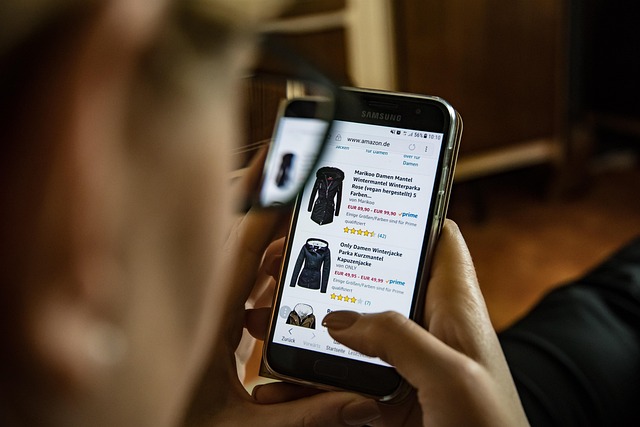Designing omnichannel experiences for consistent conversion
Creating consistent conversion across channels requires aligning product discovery, checkout flows, and fulfillment with customer expectations. This article outlines practical approaches for ecommerce teams to unify mobile and desktop experiences, manage inventory and logistics, and measure performance to maintain steady conversions.

Successful omnichannel design treats each customer interaction as part of a continuous journey rather than isolated touchpoints. Start by mapping typical paths from discovery to checkout and beyond, identifying moments where personalization, search, recommendations, or UX differences can interrupt conversion. Prioritize frictionless mobile flows and consistent branding, but also ensure backend alignment—inventory, fulfillment, and returns policies must match the promises made on the frontend. When channels reflect the same product availability, pricing, and privacy standards, conversion becomes more predictable and measurable.
How does ecommerce discovery drive conversions?
Search and discovery are the first real tests of omnichannel cohesion. Customers switch between mobile apps, web, and in-store browsing; a strong discovery layer connects those sessions. Implementing consistent search relevancy and faceted navigation helps shoppers find products quickly, while merchandising rules can surface seasonal or inventory-sensitive items. Discovery should feed recommendations and be informed by analytics so merchandising, promotions, and inventory signals work together to nudge conversion without confusing the shopper.
What role does personalization and recommendations play?
Personalization increases relevance across channels but must be consistent and privacy-aware. Use behavioral data, past purchases, and contextual signals like location or device to tailor recommendations on product pages, emails, and app feeds. Segmenting customers for tailored merchandising increases conversions, but avoid invasive tracking—offer clear privacy choices and fallbacks. Recommendations should respect inventory and fulfillment constraints so that suggested items are actually available for the customer’s chosen channel and delivery option.
How to streamline checkout, payments, and subscriptions?
Checkout must be short, trustworthy, and omnichannel-aware. Provide saved carts across devices, persistent payment profiles, and localized payment methods to reduce abandonment. For subscription products, make renewal terms, trial periods, and cancellation straightforward across channels. Integrate fraud prevention and privacy compliance without adding unnecessary friction. Progress indicators, guest checkout options, and clear costs for shipping and returns are essential to turn discovery into completed purchases and recurring revenue.
How to align mobile, UX, search, and merchandising?
Mobile experiences require condensed but complete UX: clarity in product details, easy-to-use filters, and thumb-friendly calls to action. Ensure search results on mobile mirror desktop relevance and merchandising priorities so promotions and recommendations remain coherent. Optimize images, load times, and interactions to preserve conversion rates on slower networks. Cross-device continuity—saved lists, synchronized carts, and consistent personalization—reduces cognitive load and encourages checkout whether the user is on mobile or desktop.
How do logistics, inventory, and fulfillment support omnichannel?
Operational alignment underpins customer-facing consistency. Real-time inventory visibility across warehouses and stores prevents overselling and supports accurate promises for fulfillment options like click-and-collect, same-day delivery, or standard shipping. Logistics and fulfillment teams should expose fulfillment lead times and costs into the storefront so customers see realistic delivery options. Efficient returns processes and clear policies tied to inventory and reverse logistics also influence purchase decisions and repeat conversions.
How do analytics, privacy, localization, and returns affect conversion?
Analytics tie the whole omnichannel strategy together: attribute conversions to the right touchpoints, measure product-level performance, and monitor where drop-offs occur in discovery, checkout, or delivery. Privacy controls and transparent data usage can actually boost trust and conversion when communicated clearly. Localization—currency, language, regional payment methods, and localized merchandising—reduces friction in new markets. Finally, straightforward returns and refund processes lower perceived risk, improving conversion for higher-ticket or cross-border purchases.
Conclusion Designing omnichannel experiences for consistent conversion requires coordination across product discovery, personalization, checkout, operations, and measurement. By synchronizing UX, search, recommendations, inventory, and fulfillment while respecting privacy and localization needs, teams can create dependable customer journeys that convert across devices and channels without overpromising or adding friction.





